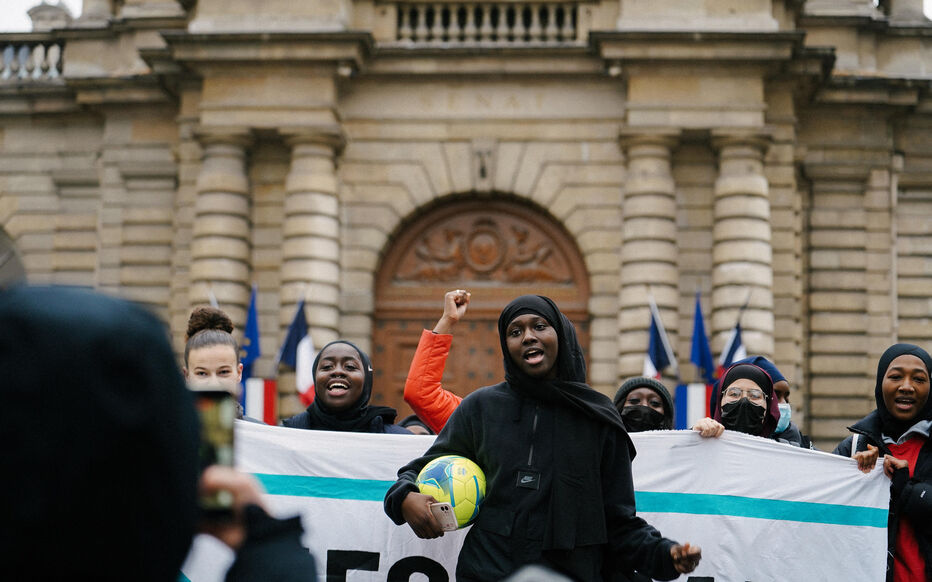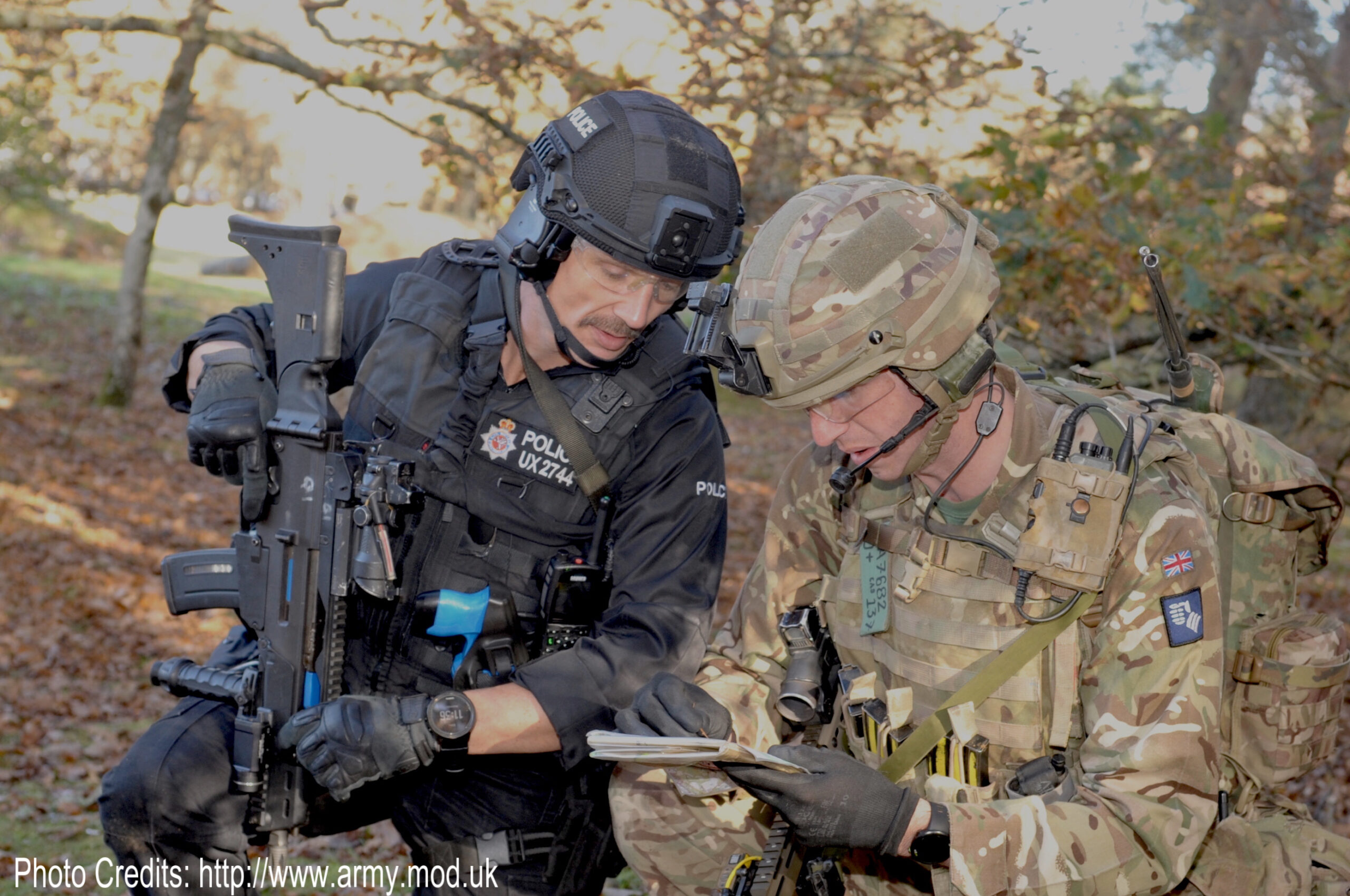WASHINGTON — One morning in late September 2011, a group of American drones took off from an airstrip the C.I.A. had built in the remote southern expanse of Saudi Arabia. The drones crossed the border into Yemen, and were soon hovering over a group of trucks clustered in a desert patch of Jawf Province, a region of the impoverished country once renowned for breeding Arabian horses. Then, on Oct. 14, a missile apparently intended for an Egyptian Qaeda operative, Ibrahim al-Banna, hit a modest outdoor eating place in Shabwa. The intelligence was bad: Mr. Banna was not there, and among about a dozen men killed was the young Abdulrahman al-Awlaki, who had no connection to terrorism and would never have been deliberately targeted.
It was a tragic error and, for the Obama administration, a public relations disaster, further muddying the moral clarity of the previous strike on his father and fueling skepticism about American assertions of drones’ surgical precision. The damage was only compounded when anonymous officials at first gave the younger Mr. Awlaki’s age as 21, prompting his grieving family to make public his birth certificate.
He had been born in Denver, said the certificate from the Colorado health department. In the United States, at the time his government’s missile killed him, the teenager would have just reached driving age.
And while the Constitution generally requires judicial process before the government may kill an American, the Supreme Court has held that in some contexts — like when the police, in order to protect innocent bystanders, ram a car to stop a high-speed chase — no prior permission from a judge is necessary; the lawyers concluded that the wartime threat posed by Mr. Awlaki qualified as such a context, and so his constitutional rights did not bar the government from killing him without a trial.






